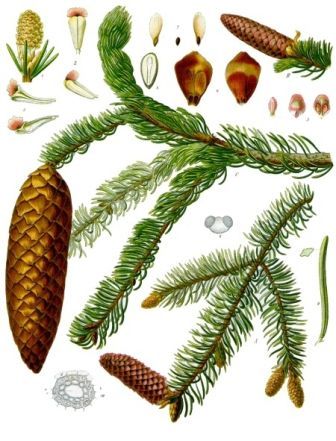Seed Dispersal
How do Plants Spread their Seeds
To maintain the species plants have developed many strategies for dispersing their seed. They make flowers and fruit attractive so gardeners buy them in seed packets or propogate them to eat. More importantly they have evolved specific techniques:
Major Seed Dispersal Methods
- Wind is an obvious method from weeds like dandelions and their seed clocks and willowherb to trees such as Sycamore with the helicopter twirly ‘double samaras’ which spin to the ground.
- Cyclamen have an ingenious method to get the fresh seed away from the parent plant. In addition to the pod on a long twisting stem the seeds are coated in a sticky substance that is attractive to ants. The ants then unwittingly move the seed to the new location.
- The gravity ‘dead drop’ of seed is fine for annuals and seeds that are happy to germinate near the old (now dead) parent.
- Seeds that want to move a bit away from the parent such as Alliums and Aquilegia have a seed pod that progressively tightens around the maturing seed. The pod then spritzes or squeezes the seed as a cherry stone would when squashed between your finger and thumb. Pea pods pop open when ripe.
- Bird Cherry is named for the creatures that eat the flesh and excrete the stone. There are other seeds that are spread after animals and birds have eaten the fruit but not digested the seed.
- Animals also disperse thistles, teasels and burdocks via their fur after the seeds hooks or spines attach themselves.
- Squirrels and some animals also bury or hide nuts and fruit and if forgotten they may germinate. Humans may throw an apple core away spreading the seed.
- Plants growing by water such as Willow and Flag Iris can have the seed transported by the water.
- A combination of dispersal methods may be used eg a seed blown by wind may be transported by water to somewhere else.
